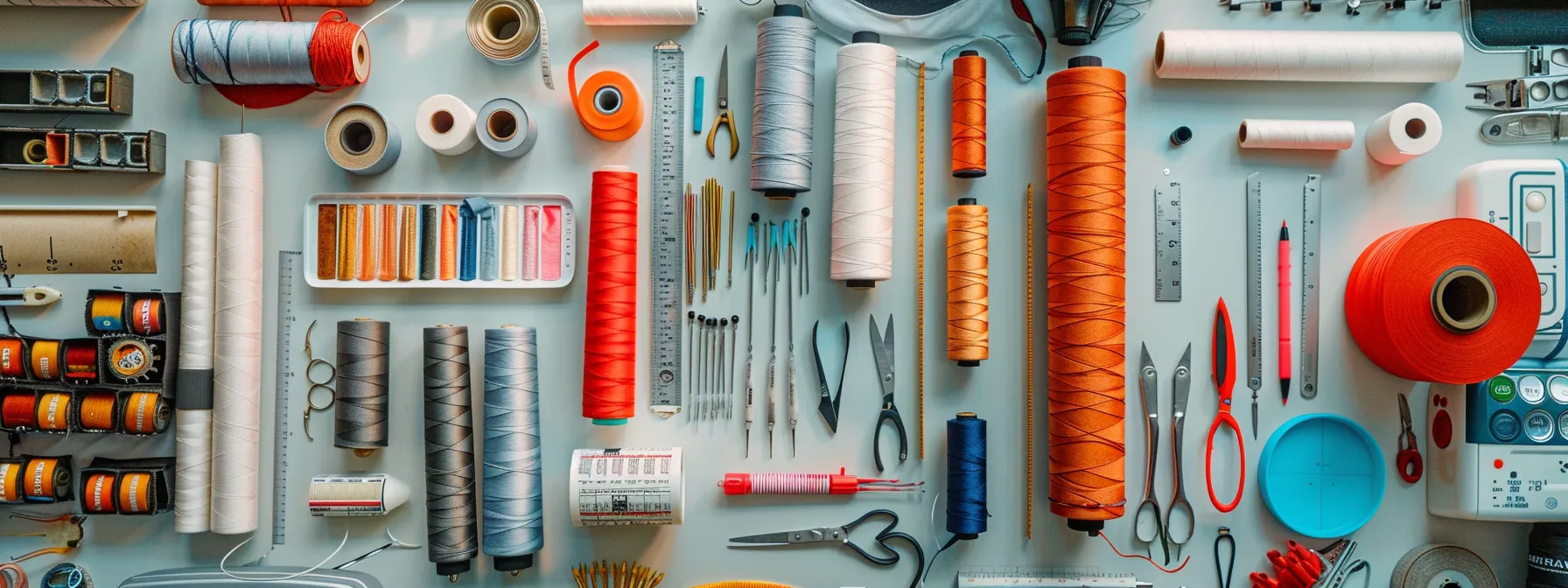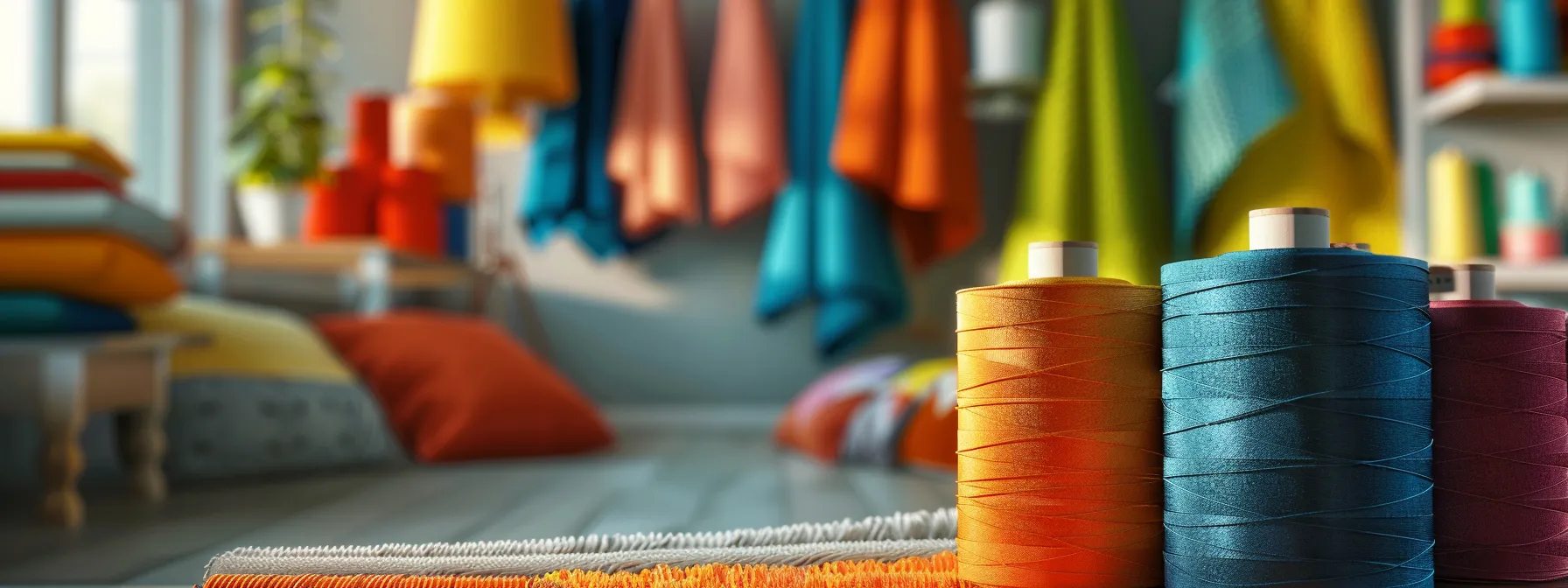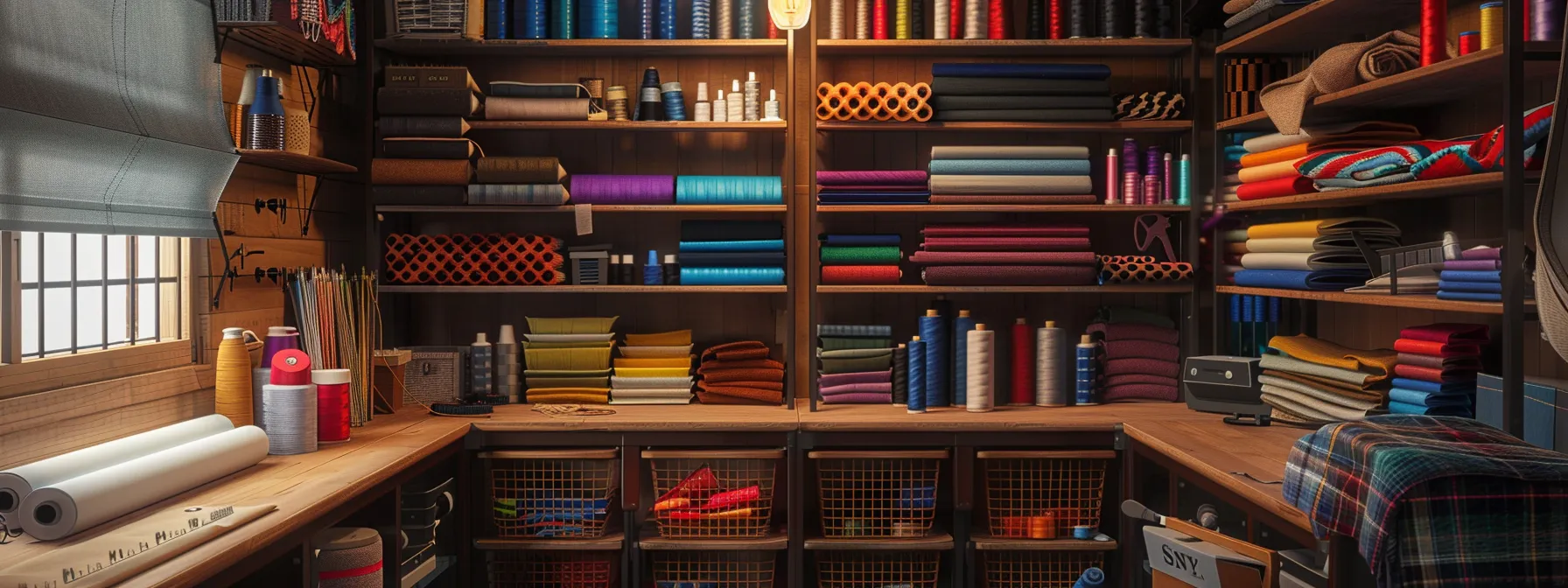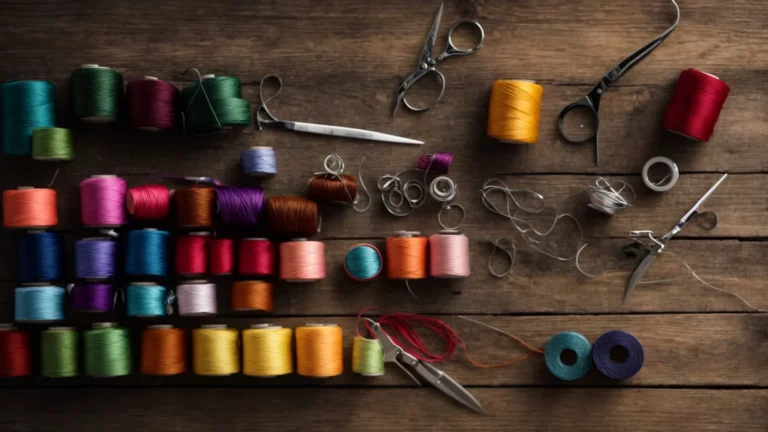Essential Sewing Accessories for DIY Seamstresses
Embarking on a sewing project is both a creative endeavor and a practical skill that one can develop over time. Investing in the proper tools of the trade can elevate the sewing experience, ensuring precision and enjoyment in every stitch. For the DIY seamstress, having a well-rounded set of sewing accessories is akin to a painter having the right palette of colors. To help you get started or enhance your current toolkit, this article delves into the essentials that every seamstress should consider. Keep reading to discover the must-have tools that will take your DIY projects to the next level.
Essential Sewing Accessories Every DIY Seamstress Needs

Every craft begins with the basics. For sewing, it’s crucial to start with an assortment of needles, pins, and pincushions that suit various fabrics and project types. These small yet mighty tools are foundational for any sewing task. Pinning materials in place ensures accuracy before the final stitches are made, while the right needles can make all the difference in the sewing process.
Next, a durable and flexible tape measure is indispensable for taking accurate body measurements or sizing up the fabric. Seam rippers and thread snips are just as essential, the unsung heroes for correcting mistakes and trimming loose ends, ensuring that your work remains neat and professional. Additionally, thimbles protect your fingers during hand sewing, merging practicality with tradition.
Moreover, having a selection of sewing accessories such as bias tape makers and fabric markers can elevate your projects from basic to boutique-worthy. These tools assist in adding those professional touches that distinguish handmade items. With these essentials, your sewing projects will not only look better but will also be more enjoyable to create.
The Significance of Quality Thread in DIY Sewing

The thread is perhaps one of the most underlying, yet critical, components of sewing. Quality thread can prevent issues such as snapping, fraying, and seam puckering, while also ensuring that the finished garment or project holds together well. Choosing the right thread involves considering material compatibility, thread weight, and color fastness.
Cotton thread is preferred for natural fibers due to its high heat resistance, making it suitable for projects that will be ironed frequently. Polyester thread has high strength and elasticity, rendering it ideal for sewing stretchable fabrics like knits. However, using the wrong thread type can lead to weak seams or damaged fabrics.
Furthermore, quality threads have a smooth finish, allowing them to glide through the fabric with minimal resistance. This detail enhances the sewing experience and results in neater, uniform stitches. Testing for colorfastness is also crucial to prevent dyes from bleeding and ruining your fabric during washes.
The Must-Have Measuring Tools for Accurate Sewing
Accurate measurements are the cornerstone of any well-fitted garment or precisely constructed project. A flexible tape measure, which can conform to curves and contours, is indispensable for taking accurate body measurements. Clear rulers, preferably with grid lines, are excellent for straight measurements and for use with a rotary cutter.
L-squares and T-squares can aid in achieving perfect corners and ensuring that edges are straight and true. Similarly, seam gauges are incredibly handy for small, consistent measurements such as hems and pleats. These tools can be the difference between a project that looks amateur versus one with a professional edge.
For pattern drafting and alterations, french curves are essential for drawing smooth, curved lines that mimic the body’s contours. Without these, customizing patterns to specific body shapes would be a challenging task. Moreover, drafting your patterns allows greater creative freedom to design garments that truly fit and flatter.
Organizing Your Sewing Space: Storage Solutions for Accessories and Supplies

An organized sewing space not only promotes productivity but also inspires creativity. By having a designated place for each of your sewing accessories, you can keep your work area tidy and efficient. Storage bins, drawer organizers, and stackable containers can effectively corral smaller notions such as bobbins, buttons, and beads.
For larger items like spools of thread, specialized racks or holders allow for easy access and can even serve as a colorful display. Pegboards are a versatile option, enabling you to hang scissors, tape measures, and other tools within arm’s reach. This type of storage can be customized to fit your space and preferences, creating a system that works seamlessly with your workflow.
Altogether, a well-equipped sewing station complete with quality accessories can significantly enhance your DIY sewing endeavors. Overall, investing in these essential tools and organizing your sewing space not only makes the process more enjoyable but also improves the caliber of your handmade creations.





